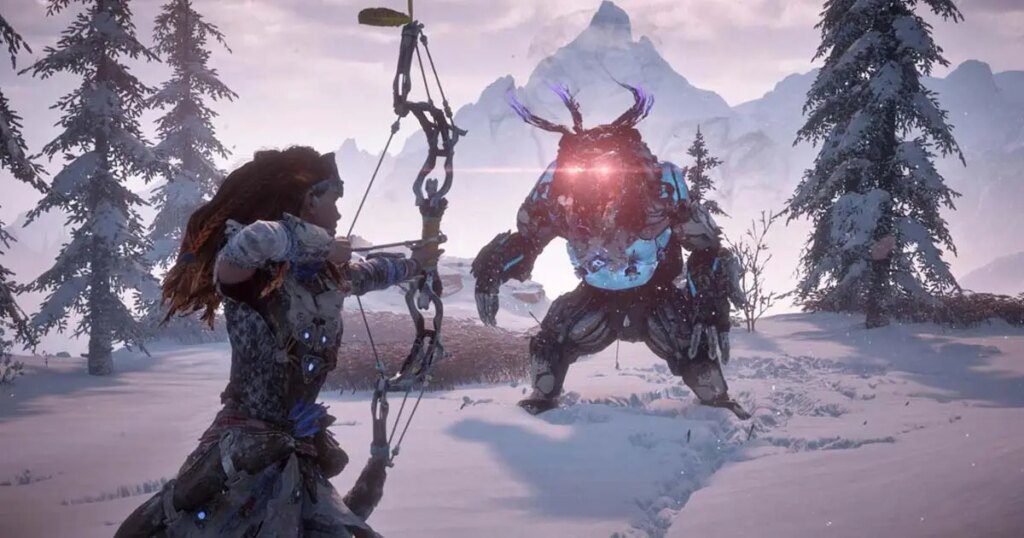Developing game art involves a complex process that begins with the conceptualization of an idea and ends with a playable character. The process includes sketching rough drawings of the characters and environments, adding details to the character design, modeling the character in 3D, applying color and details through texturing, creating a virtual skeleton for the character through rigging and adding movements and actions to the character through animation. This complex process requires multiple teams and attention to detail in order to create characters and environments that immerse players into the game world and create memorable experiences.
From Sketches to Playable Characters: The Process of Developing Game Art
Game art is an essential component of the gaming experience. It sets the tone for the game, immerses players into the game world, and creates memorable experiences. The creation of game art involves a complex process, from conceptualization to final product. In this article, we will take a closer look at how game art is created, specifically, how sketches are transformed into playable characters.
Conceptualization: The Birth of an Idea
The first step in creating game art is the conceptualization of an idea. This can come from a variety of sources, such as the game’s story, lore, or gameplay mechanics. The game designer or art director then takes this idea and begins to sketch out concepts.
Sketching: Bringing Ideas to Life
Sketching is a crucial part of the development process. In this stage, designers create rough drawings of the characters and environments that will eventually become the game world. These sketches help to flesh out the basic design and vision of the game.
Design: The Details Matter
Once the sketches are complete, the designers begin to refine the character design. They add more detail to the characters, such as clothing, armor, and facial features. The designers also begin to consider the personality and backstory of each character to create a well-rounded and believable character.
Modeling: From 2D to 3D
After the final sketch is complete, the character is modeled in 3D. Modeling involves creating the character in a digital space using specialized software, such as Maya or ZBrush. The modelers use the sketches as a guide as they create the character’s form, proportions, and details.
Texturing: A Splash of Color
Once the model is complete, it is time to add textures. Texturing involves applying color and details to the character’s model. This step adds depth and personality to the character, making them come to life on screen.
Rigging: Making it Move
Rigging is the process of giving the character movement. This involves creating a virtual skeleton for the character, allowing animators to manipulate and move the character in the game. Without rigging, the character would not be able to move and interact with the game environment.
Animation: The Finishing Touches
The final step in the process is animation. Animators add movements and actions to the character, bringing them to life. The team works closely with the game designers to ensure that the character’s animation fits with the story and gameplay mechanics.
In Conclusion
Creating game art is a complex process that involves multiple stages and teams. From conceptualization to animation, each step is crucial in bringing a character to life. The next time you play a video game, take a moment to appreciate the hard work and creativity that went into creating the characters and environments that make up the game world.
